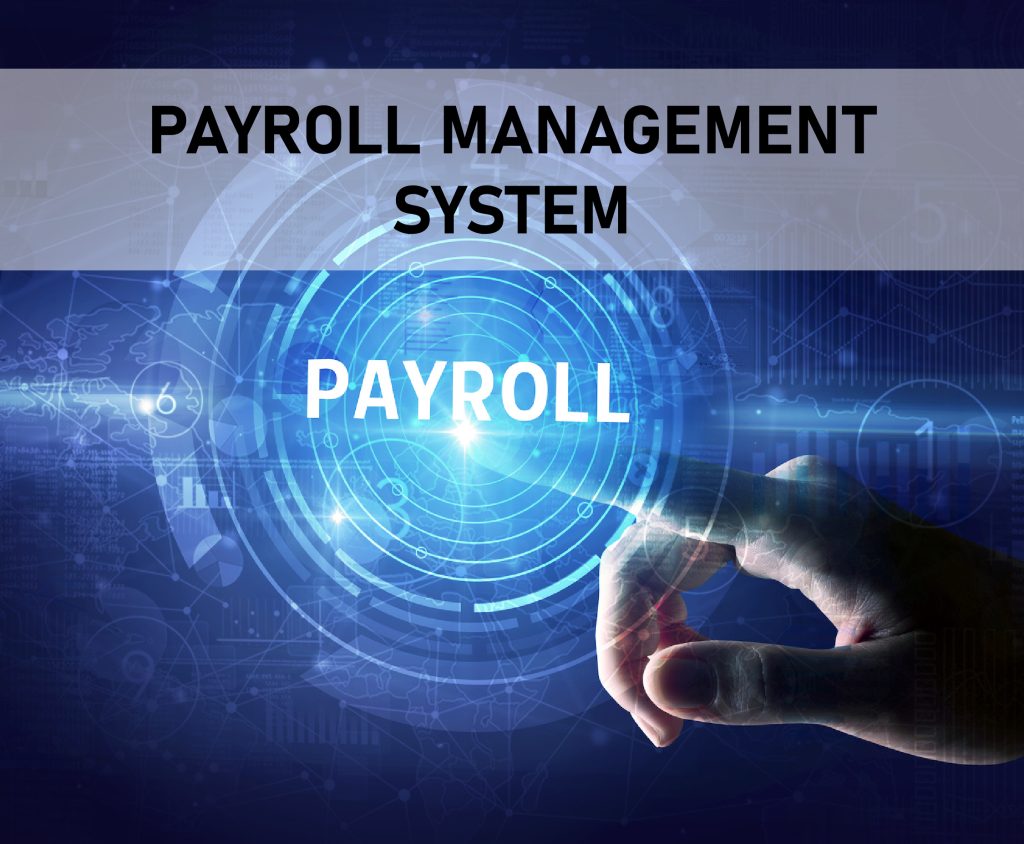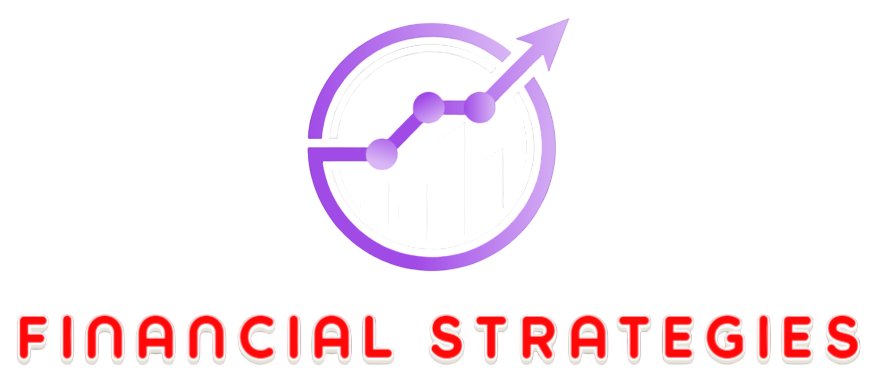
Any company, big or small, must have a payroll management system in order to guarantee accurate and timely employee pay while keeping tax law and regulations in check. Payroll software may greatly simplify the whole payroll process, therefore lowering administrative mistakes and raising efficiency. Still, deciding which payroll system best fits your company might be difficult. These salient aspects of a payroll management system will enable you to make a well-informed choice.
User-Friendly Interface
A payroll system should be easy to navigate for both HR teams and employees. Clear menus, easy navigation, and basic setup techniques should define the intuitive user interface. This lets users rapidly embrace the technology without much training, hence reducing the learning curve. Additionally useful for HR managers and company owners monitoring payroll operations is a well-designed dashboard including important payroll data at a glance.
Automated Payroll Processing
Businesses implementing payroll software typically do so to automate the payroll process. Pre-defined criteria should enable an effective payroll system to automatically compute wages, tax deductions, benefits, and overtime. This function guarantees correct processing of payments and lowers human error possibilities. Scheduling payroll runs ahead of time also guarantees constant pay for staff members and helps to save time.

Tax Compliance and Filing
Payroll control depends critically on tax compliance. Based on current tax tables, your payroll system should automatically figure municipal, state, and federal taxes. In order to guarantee that your company follows all tax regulations, it should also create tax reports and submit them to the relevant government organizations. Certain payroll system even automatically updates to represent changes in tax legislation, therefore lowering the possibility of non-compliance.
Employee Self-Service Portal
An employee self-service portal is a great tool that lets workers access their pay stubs, tax forms, and other payroll-related data without calling HR. This not only helps staff members to handle their personal payroll records but also lessens HR teams’ administrative work. By updating their personal information, reviewing past payslips, and accessing tax records, staff members improve openness and raise their own levels of satisfaction.
Maintaining proper payroll processing and keeping regulatory compliance depend on your company choosing the appropriate payroll management system. To simplify processes and lower mistakes, key elements such as automation, tax compliance, integration tools, and strong security are absolutely vital. Careful evaluation of these characteristics will enable you to identify a payroll system that fits your company’s requirements and facilitates secure and effective management of payroll.







